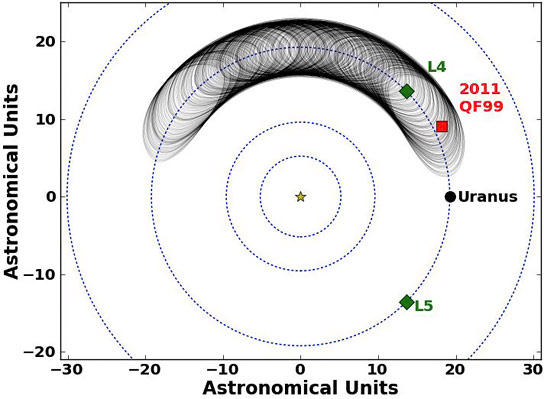
The motion of the uranian Trojan 2011 QF99. In this representation of the motion of 2011 QF99, one sees the motion over the next 59,000 years, looking down on the Solar System from above and turning at the same rate as the planet Uranus (which thus remains stationary at right). The Trojan oscillates forward and backward, always keeping ahead of the planet. Credit: UBC Astronomy
Astronomers from the University of British Columbia have identified a 60-kilometer-wide (37-mile-wide) asteroid that shares the orbit of Uranus.
UBC astronomers have discovered the first Trojan asteroid sharing the orbit of Uranus, and believe 2011 QF99 is part of a larger-than-expected population of transient objects temporarily trapped by the gravitational pull of the Solar System’s giant planets.
Trojans are asteroids that share the orbit of a planet, occupying stable positions known as Lagrangian points. Astronomers considered their presence at Uranus unlikely because the gravitational pull of larger neighboring planets would destabilize and expel any Uranian Trojans over the age of the Solar System.
Short-term Animation showing the motion of 2011 QF99, as seen from above the north pole of the Solar System. The video initially shows the position of Uranus and 2011 QF99 at the time of discovery and then shows their motion for the next 1 kyr. The dotted lines are the average orbits of the planets. The left panel is in the stationary reference frame, while the right panel is in the “Uranian co-rotating frame”, which spins at the same rate as Uranus, canceling out the motion of Uranus and thus showing the motion of 2011 QF99 relative to Uranus.
To determine how the 60-kilometer-wide ball of rock and ice ended up sharing an orbit with Uranus the astronomers created a simulation of the Solar System and its co-orbital objects, including Trojans.
“Surprisingly, our model predicts that at any given time three percent of scattered objects between Jupiter and Neptune should be co-orbitals of Uranus or Neptune,” says Mike Alexandersen, lead author of the study published in the journal Science. This percentage had never before been computed, and is much higher than previous estimates.
Several temporary Trojans and co-orbitals have been discovered in the Solar System during the past decade. QF99 is one of those temporary objects, only recently (within the last few hundred thousand years) ensnared by Uranus and set to escape the planet’s gravitational pull in about a million years.
“This tells us something about the current evolution of the Solar System,” says Alexandersen. “By studying the process by which Trojans become temporarily captured, one can better understand how objects migrate into the planetary region of the Solar System.”
UBC astronomers Brett Gladman, Sarah Greenstreet and colleagues at the National Research Council of Canada and Observatoire de Besancon in France were part of the research team.
Reference: “A Uranian Trojan and the Frequency of Temporary Giant-Planet Co-Orbitals” by Mike Alexandersen, Brett Gladman, Sarah Greenstreet, J. J. Kavelaars, Jean-Marc Petit and Stephen Gwyn, 30 August 2013, Science.
DOI: 10.1126/science.1238072
arXiv:1303.5774

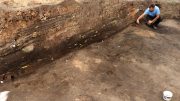
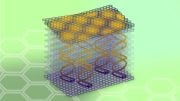
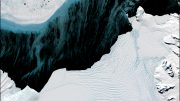


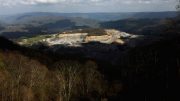
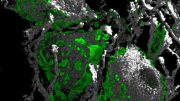
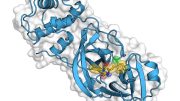
Be the first to comment on "Astronomers Discover ‘Trojan’ Asteroid Sharing the Orbit of Uranus"